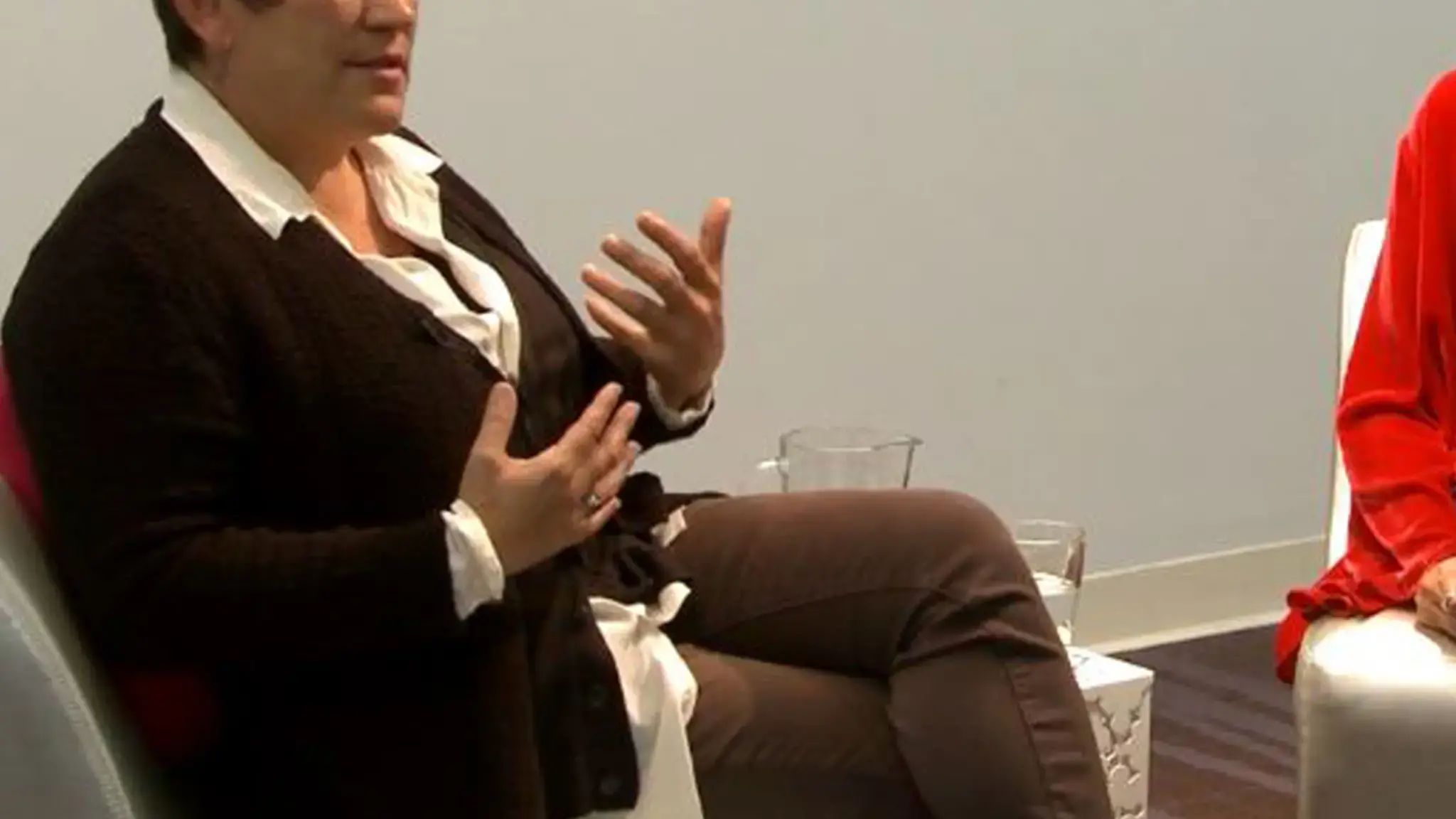

In this conversation excerpt, Kristy Edmunds and Limor Tomer discuss the changing cultural landscape for performance practice and the spaces in which we experience performance work. The two see larger institutions taking an increased role in commissioning new work but agree that smaller venues can still offer a space for failure, which is “vital to creativity, stimulation, inquiry, [and] discernment.”
Edmunds is The Pew Center for Arts & Heritage’s first visiting scholar and is executive and artistic director of the Center for the Art of Performance at UCLA. Limor Tomer is general manager of concerts and lectures at New York’s Metropolitan Museum of Art. “Curating Performance Across Disciplines and Platforms” took place at the Center on May 28, 2014.
KRISTY EDMUNDS: Ten years ago, it would not have occurred to me that the kind of major heritage, mega-institutions would move rapidly towards contemporary practice as a vehicle of inquiry, direct support, and engagement with artists. It’s interesting, too, how many museums around the country are following suit, particularly in their curatorial relationship to dance and choreography.
LIMOR TOMER: Performance in museums, with a few exceptions, has been bounced around a lot, in terms of where it fits. And where it fits basically determines its destiny. So a lot of times, it is part of public programs, under the auspices of the education department, which immediately puts it in a reactive position, didactic/reactive. And that’s where you have what I like to call geographical adjacency: If we have a show about 18th-century France, we can play Rameau. And you know, it’s not bad, it’s just sort of incomplete. There are some museums that have incorporated performance extremely well. The MCA in Chicago is a good example. The Walker. The Philadelphia Museum of Art. But it’s very difficult for the encyclopedic museums to embrace performance in an organic way. Why do you think dance is showing up more than other things?
KE: Well, for one, choreographers are interested in space, like visual artists are interested in space. Couple that with the imprimatur—museums, large or small, have an imprimatur that is useful to choreographers. On the other side of it, for the contemporary curator, a lot of shows are planned so far in advance that a lot of energy is left fallow. If your next exhibition isn’t for three years, how do you instigate more capacity? And dance is readily pliant in the hands of the right choreographer.
AUDIENCE: I want to ask you both about these sorts of mega-institutions. How do you see the ecology in New York City changing? I’m speaking on behalf of the midsized presenting and small presenting worlds. Are these smaller entities vulnerable? They’re really important to the ecology of an artist moving up the chain.
LT: I think that, to your point, midsize and smaller institutions are going to have to do what they did in the ’80s, which is just cut ties to what is safe and fall backwards and hope for the best. That will produce the new swamp from which the stuff will come. There’s a lot of stuff going on now that I know nothing about, that I’m eager for the small institutions to teach me.
KE: Well, this is a venture capitalist view. But I think that something the small, nimble spaces do so brilliantly is they help accelerate failure. And that creates something that is not insignificant in an ecology—the acceleration of failure, because you can fail with some impunity in that realm. Failure is vital to creativity, stimulation, inquiry, discernment, and the kinds of things that clearly gain momentum. That, to me, is huge.
LT: Maybe it’s not about creating space. I mean, why does a collection of ideas have to be materialized into a footprint? It didn’t work out so well for New York City Opera, but it’s working great for Gotham, which doesn’t have a space. They spend all of their money on productions and then they either rent space or get people like me to give them the most amazing space they’ll ever be in. I don’t need their space. Their audience doesn’t need their space. They just need their ideas.
KE: I agree completely. Having a place where the naïve and the new can thrive is relevant. And that place might be a park. It might be a salon. It might be a rooftop. It might be in a café.